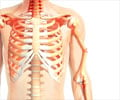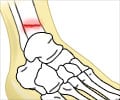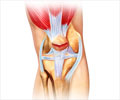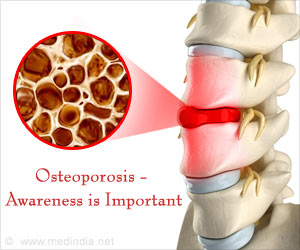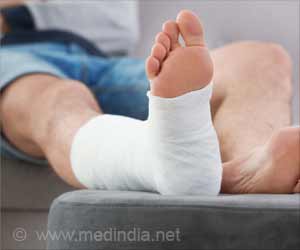Community screening for osteoporosis could prevent more than a quarter of hip fractures in older women. Early screening identifies those at risk of hip fracture

‘While screening did not reduce the incidence of all osteoporosis-related fractures, there was strong evidence for a reduction in hip fractures.’





The research, involving more than 12,000 older women and carried out in collaboration between the universities of Birmingham, East Anglia, Bristol, Leicester, York and Sheffield, found that screening through GP practices allowed patients to be targeted for treatment. In women agreeing to participate, this led to a 28 percent reduction in hip fractures over five years.Professor Neil Gittoes, of the University of Birmingham's Institute of Metabolism and Systems Research, said: "Our findings showed that screening led to a statistically significant decrease in hip fractures. "Our data has the potential to influence national policies around prevention of hip fractures, which is particularly relevant in our aging society. The consequences of hip fractures to older people can be devastating, including impaired mobility and loss of independence. "While we have demonstrated clinical effectiveness of screening, we are also exploring cost-effectiveness of this approach; initial analyses also look promising in this respect."
Professor Lee Shepstone, from UEA's Norwich Medical School, said: "Approximately one in three women and one in five men aged over 50 year will suffer a fragility fracture during their remaining lifetime. In the UK around 536,000 people suffer fragility fractures each year, including 79,000 hip fractures.
"A hip fracture can be devastating with a loss of independence and less than one-third of patients make a full recovery. Mortality at one-year post-fracture is approximately 20 percent."
"We wanted to find out whether screening, like screening for breast cancer, could help identify those at risk of suffering a fracture."
Advertisement
A total of 12,483 women aged 70-85 were recruited from 100 GP practices in seven regions -Birmingham, Bristol, Manchester, Norwich, Sheffield, Southampton, and York. Half of the women were screened to compare screening with routine care.
While screening did not reduce the incidence of all osteoporosis-related fractures, there was strong evidence for a reduction in hip fractures.
In the screening group, there were 54 fewer women who suffered one or more hip fractures compared to the routine care group.
The study suggests that one hip fracture could be prevented for every 111 women screened and early analysis suggests the approach is likely to be cost-effective.
Professor Shepstone added: "This is the first trial to show that a community-screening approach based on the FRAX fracture risk tool is both feasible and effective. Given that the number of costly and debilitating hip fractures are expected to increase with an aging population, the results of this study potentially have important public health implications."
Professor Eugene McCloskey, of the University of Sheffield, said: "Low-cost screening with FRAX among the older population could result in effective, targeted intervention to reduce the human and socioeconomic burden of hip fractures.
"If the SCOOP screening strategy was taken up in exactly the same way as in the study in all UK women aged 70-85 years, we estimate that the strategy could prevent up to 8000 hip fractures per year in the UK. Even greater gains could be made if we could reach out to women similar to those who did not take part in the study."
Source-Eurekalert






